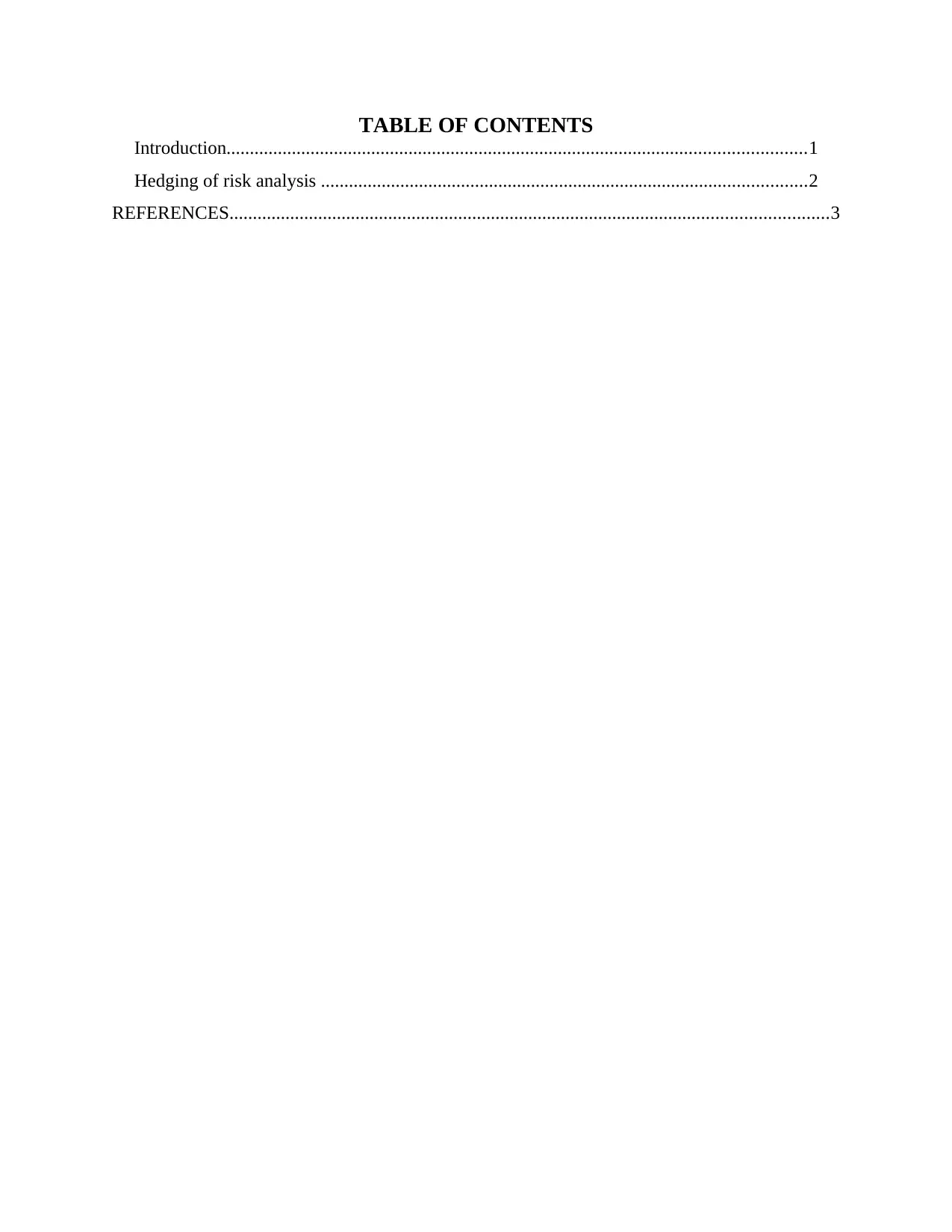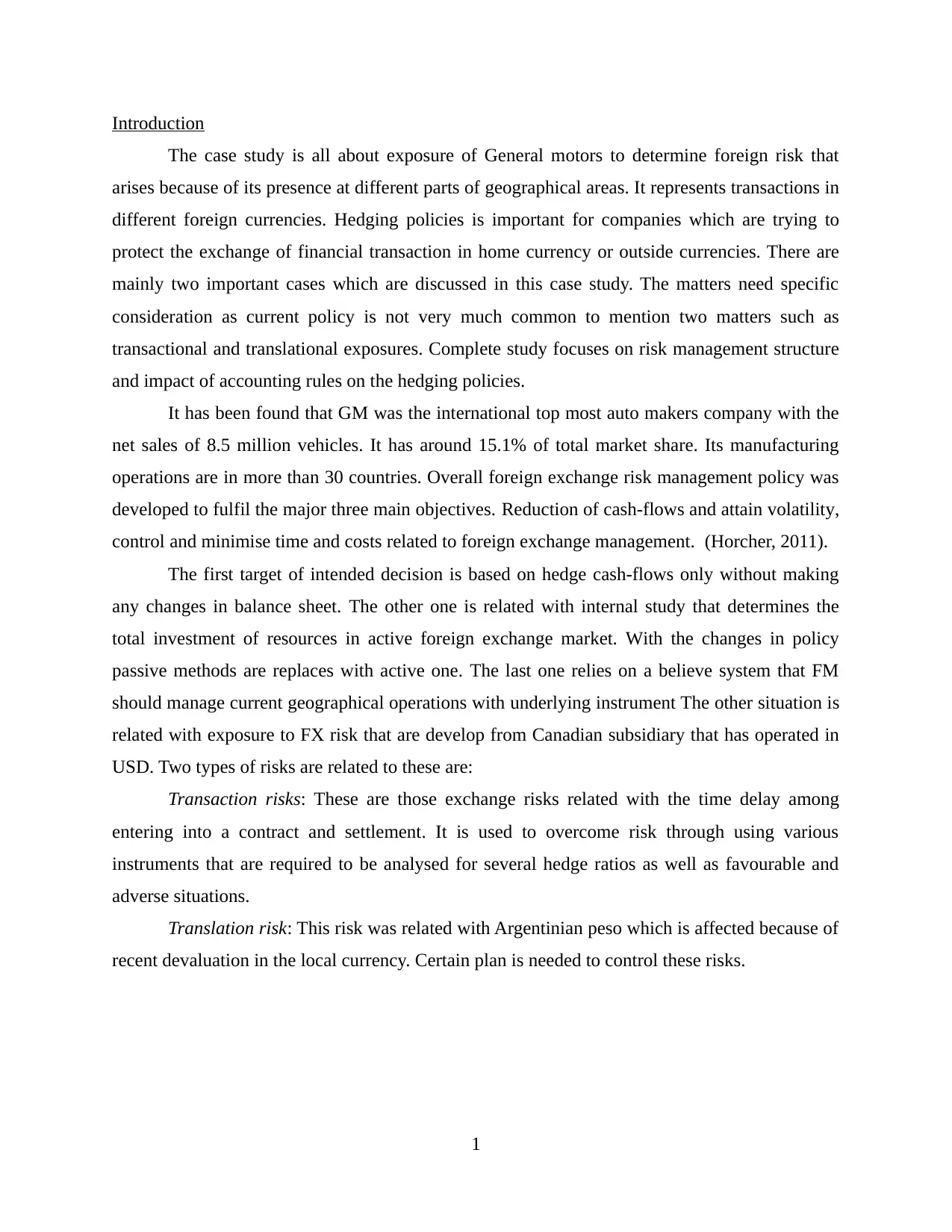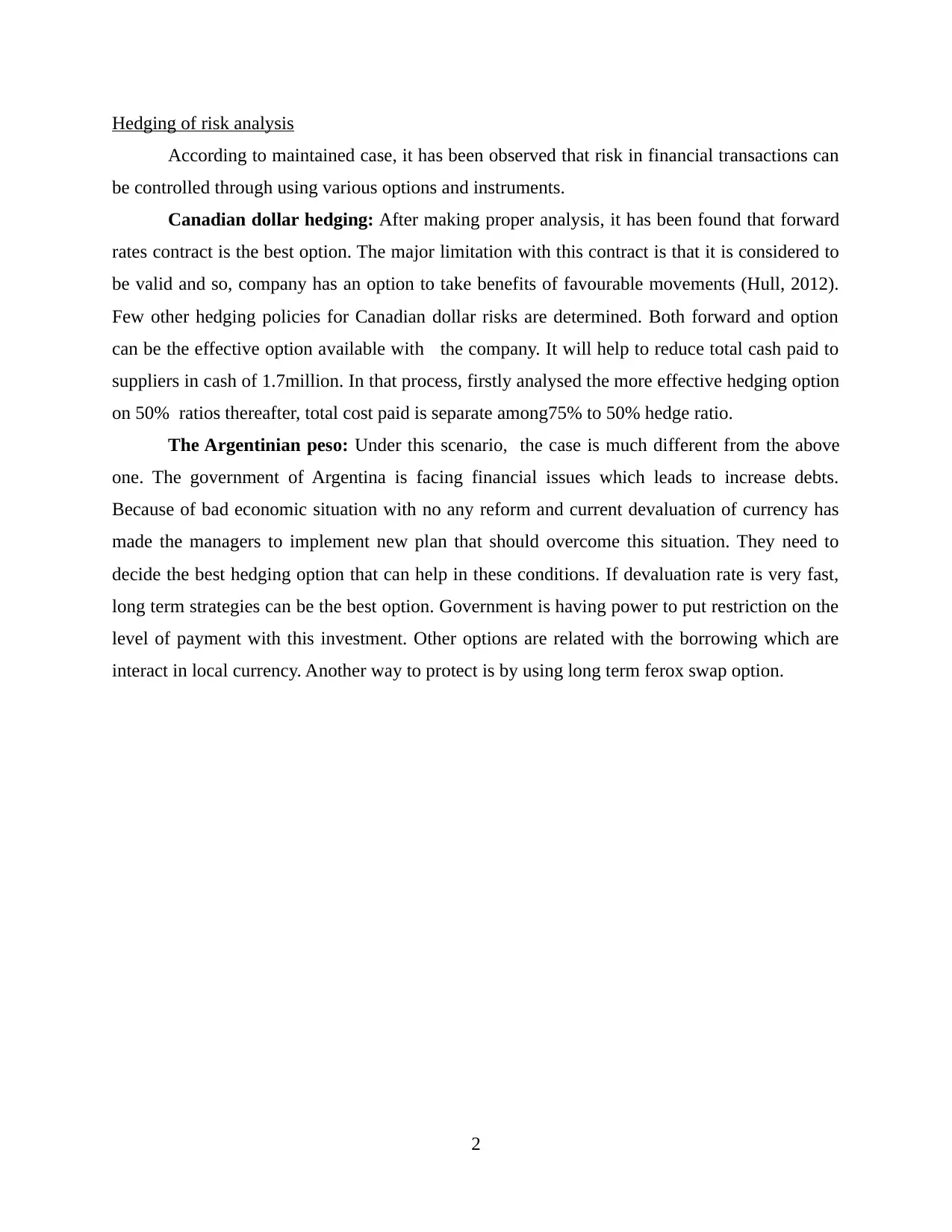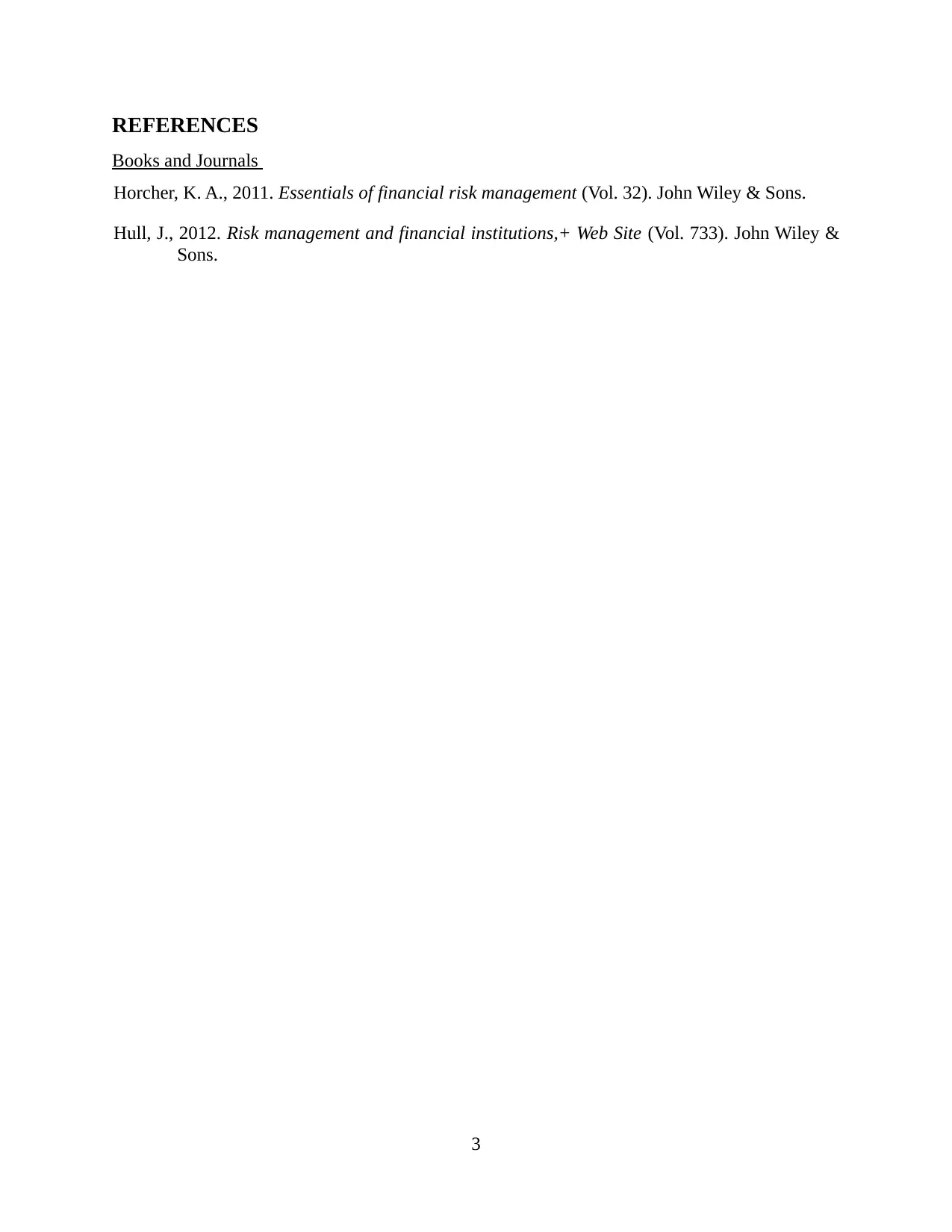Financial Risk Management Case Study: GM's Foreign Exchange Risk
VerifiedAdded on 2020/06/05
|5
|739
|37
Case Study
AI Summary
This case study examines General Motors' (GM) exposure to foreign exchange risk arising from its international operations and transactions in various currencies. It emphasizes the importance of hedging policies for companies seeking to protect financial transactions. The study focuses on two key scenarios: transactional and translational exposures, with a detailed risk management structure and the impact of accounting rules on hedging policies. GM's foreign exchange risk management policy aims to reduce cash-flow volatility, control costs, and minimize time related to foreign exchange management. The case analyzes hedging options for the Canadian dollar and the Argentinian peso, considering forward rates, options, and borrowing strategies. The analysis explores different hedging ratios and the implications of currency devaluation, offering insights into effective risk mitigation techniques for international businesses. The case study uses the concepts of forward rates, options, and borrowing to offer effective risk management solutions. The study recommends various hedging strategies, including forward contracts, options, and long-term forex swaps, to mitigate risks associated with currency fluctuations. The case study provides an overview of the key concepts related to financial risk management.
1 out of 5












![[object Object]](/_next/static/media/star-bottom.7253800d.svg)